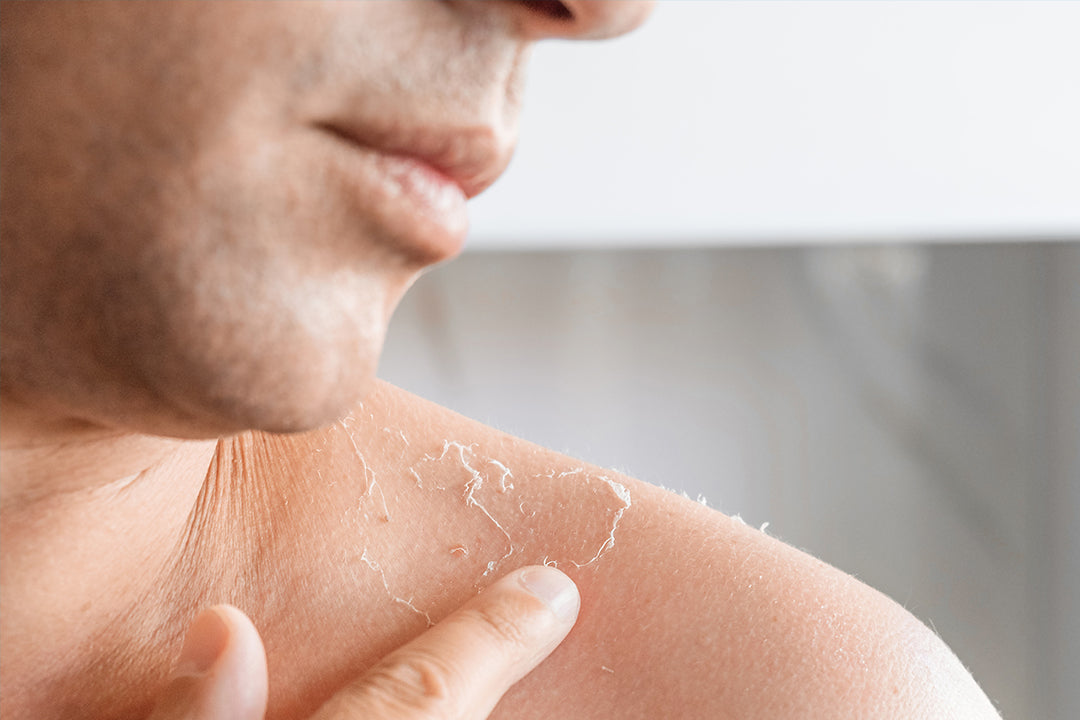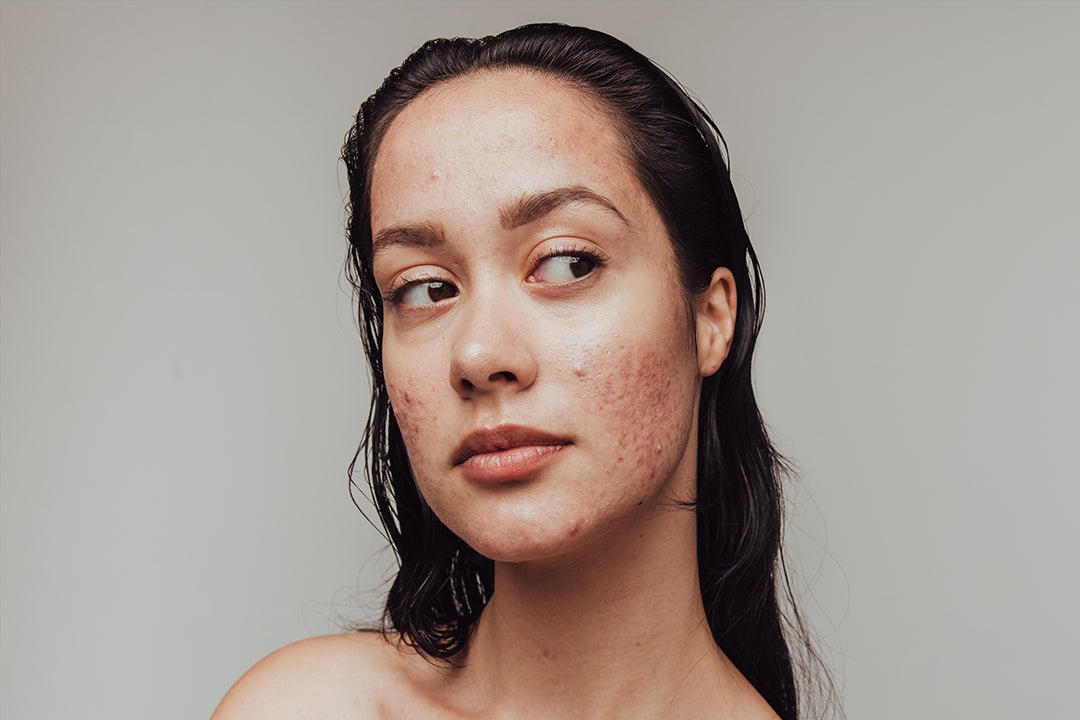Are you struggling with hyperpigmentation and looking for effective treatment options? Hyperpigmentation occurs when darker patches appear on the skin, and it can be caused by various factors such as age spots, melasma, inflammation, and sun exposure. In this article, we will explore the causes, types, and treatment options for hyperpigmentation.
What is Hyperpigmentation?
Hyperpigmentation is a common skin condition that affects many individuals. It occurs when the skin produces excess melanin, the pigment responsible for skin color. This excess melanin leads to dark patches or spots on the skin, which can be a source of concern for many people.
Causes of Hyperpigmentation
There are several factors that can contribute to the development of hyperpigmentation. Age spots, also known as liver spots, are one of the most common causes. These are flat, dark spots that typically appear on areas of the skin that are frequently exposed to the sun, such as the face, hands, and arms.
Melasma is another common cause of hyperpigmentation, especially in women. It is characterized by dark patches on the skin, typically on the face, and can be triggered by hormonal changes, such as during pregnancy or when taking birth control pills.
Inflammation and skin conditions like acne can also lead to hyperpigmentation. When the skin is inflamed, it produces excess melanin, resulting in dark spots. Additionally, certain medications and medical conditions can cause hyperpigmentation as a side effect.
Types of Hyperpigmentation
Hyperpigmentation can manifest in different forms, and understanding the different types can help in determining the most appropriate treatment options.
1. Age Spots
Age spots, also known as solar lentigines, are small, flat dark spots that typically appear on areas of the skin that are frequently exposed to the sun. They are more common in older individuals and can vary in size and color.
2. Melasma
Melasma is a common form of hyperpigmentation that is characterized by dark patches on the skin, typically on the face. It is often triggered by hormonal changes, such as during pregnancy or when taking hormonal medications.
3. Post-Inflammatory Hyperpigmentation
Post-inflammatory hyperpigmentation occurs as a result of inflammation or injury to the skin. It can be caused by acne, eczema, burns, or other skin conditions. The dark spots usually fade over time but can persist for months or even years.
Effective Treatment Options
There are several treatment options available for hyperpigmentation, ranging from over-the-counter products to professional procedures. The choice of treatment depends on the severity and type of hyperpigmentation, as well as individual preferences.
1. Topical Creams
Topical creams containing ingredients such as hydroquinone, retinoids, kojic acid, or azelaic acid can help to lighten dark spots and even out the skin tone. These creams are available over-the-counter or can be prescribed by a dermatologist.
2. Cosmetic Procedures
Cosmetic procedures like chemical peels, microdermabrasion, and laser therapy can be effective in treating hyperpigmentation. These procedures work by removing the top layers of the skin, promoting the growth of new, evenly pigmented skin.
3. Home Remedies
There are also some home remedies that can help in managing hyperpigmentation. These include applying aloe vera gel, using licorice extract, green tea, or natural remedies like lemon juice and honey. However, it's important to note that home remedies may not be as effective as medical treatments.
Prevention and Lifestyle Tips
Preventing hyperpigmentation and maintaining an even skin tone requires a combination of good skincare practices and protective measures. Here are some tips to help prevent and minimize the risk of hyperpigmentation:
1. Protect your skin from the sun by using sunscreen with a high SPF, wearing protective clothing, and seeking shade when the sun is strongest.
2. Maintain a consistent skincare routine that includes gentle cleansing, exfoliation, and moisturization.
3. Avoid picking at acne or other skin injuries, as it can lead to post-inflammatory hyperpigmentation.
4. Avoid excessive sun exposure and tanning beds, as they can worsen existing hyperpigmentation.
Takeaways
Hyperpigmentation can be a challenging skin condition, but with the right knowledge and treatment options, it is possible to achieve an even skin tone. Whether you choose over-the-counter products, professional procedures, or home remedies, it's important to consult with a dermatologist to determine the best course of action for your specific needs.









